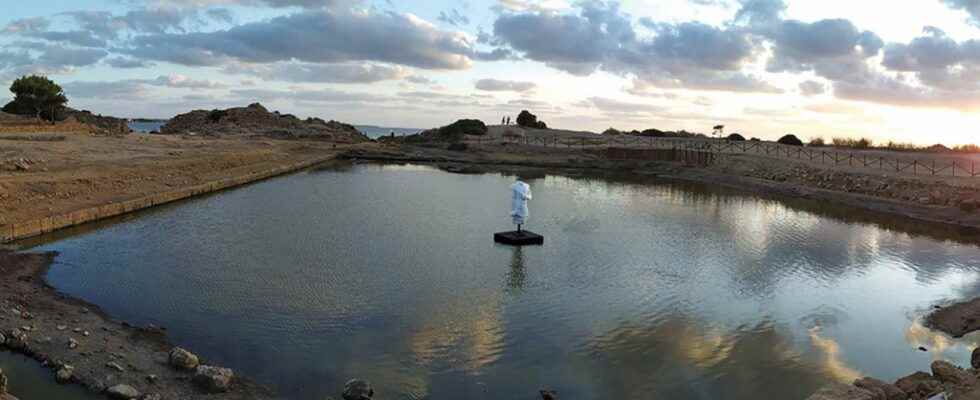You will also be interested
[EN VIDÉO] Archaeology: the bodies of two men excavated north of Pompeii Excavations carried out at the beginning of the year in Pompeii revealed two new victims of Vesuvius’ past wrath. Discover the images of the work carried out by the archaeologists on site. © Pompeii Sites
There is an island-city located off the west coast of Sicily named Motya. On this island, a archaeologist discovered a century ago a rectangular basin measuring about 50 meters long and more than 30 meters wide. Early archaeological estimates indicated that this basin, or Kothon, would have been used by the Phoenicians a little over 2,500 years ago. This people of sailors occupied what is now Lebanon and a population settled in Motya between 800 and 750 BC.
First, the Motya Basin was assumed to be an inland port or drydock which would have served to store and maintain the ships Phoenicians. However, an article published by researcher Lorenzo Nigro in the newspaper Antiquity provides a new look at the function that this island basin may have had. Dr. Nigro explains that the basin could not have been used as a port because it did not communicate directly with the sea. If the Kohon was therefore not filled by the sea waters, it must have been filled by the precipitation.
An observatory for the stars
According to Dr. Nigro’s hypothesis, the pool on Motya would have been a holy pool. This one would have made it possible to reflect the sky and to carry out astronomical observations. The Phoenicians could thus have drawn up maps of the sky and listed, for example, the composition and position of the constellations. The Phoenicians indeed associated the celestial bodies with different gods. The remains of a carved block of stone in the shape of a foot thus indicate that a statue stood in the center of the basin. This probably represented the Phoenician god Ba’al because an inscription in Greek was dedicated to him in one of the corners of the basin. The Phoenician god Ba’al, or Melkart, would be similar to the demigod Hercules present in mythology Greek.
The Phoenicians are indeed known to have incorporated several elements from various Mediterranean cultures into their own culture. The different groups of Phoenicians around the Mediterranean were therefore steeped in local cultures and although they shared a common language, they could be characterized by different cultural mixtures.
Dr. Nigro’s hypothesis that the Kohon was a sacred pool is supported by its position on the island. This basin as well as surrounding temples are indeed aligned with stars and constellations at certain times of the year such as solstices. Additionally, the remains of an Egyptian statue associated with astronomy were found in one of the corners of the sacred pool and the needle of a astrolabe, which is a navigational instrument, was discovered in one of the temples near the basin. One of the largest artificial basins in the ancient Mediterranean was therefore probably used by a people of sailors to observe the stars.
Interested in what you just read?
